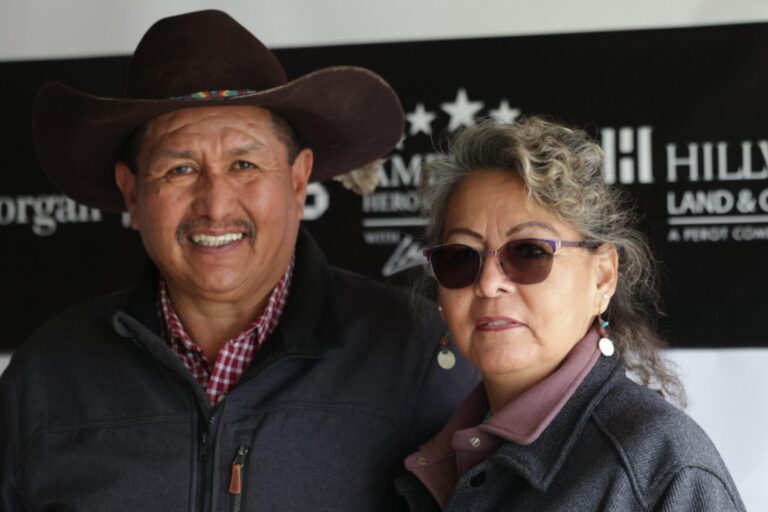Lately, I’ve been giving a lot of lessons about keeping the rope tight from the steer’s horn to the saddle horn so that a header can lead the steer anywhere he or she needs to from the corner. Whether you’re trying to win the world title or the Ariat World Series of Team Roping Finale, this is really something worth mastering.
[Read: Why Crawford Uses A Tommy Blessing Bit]
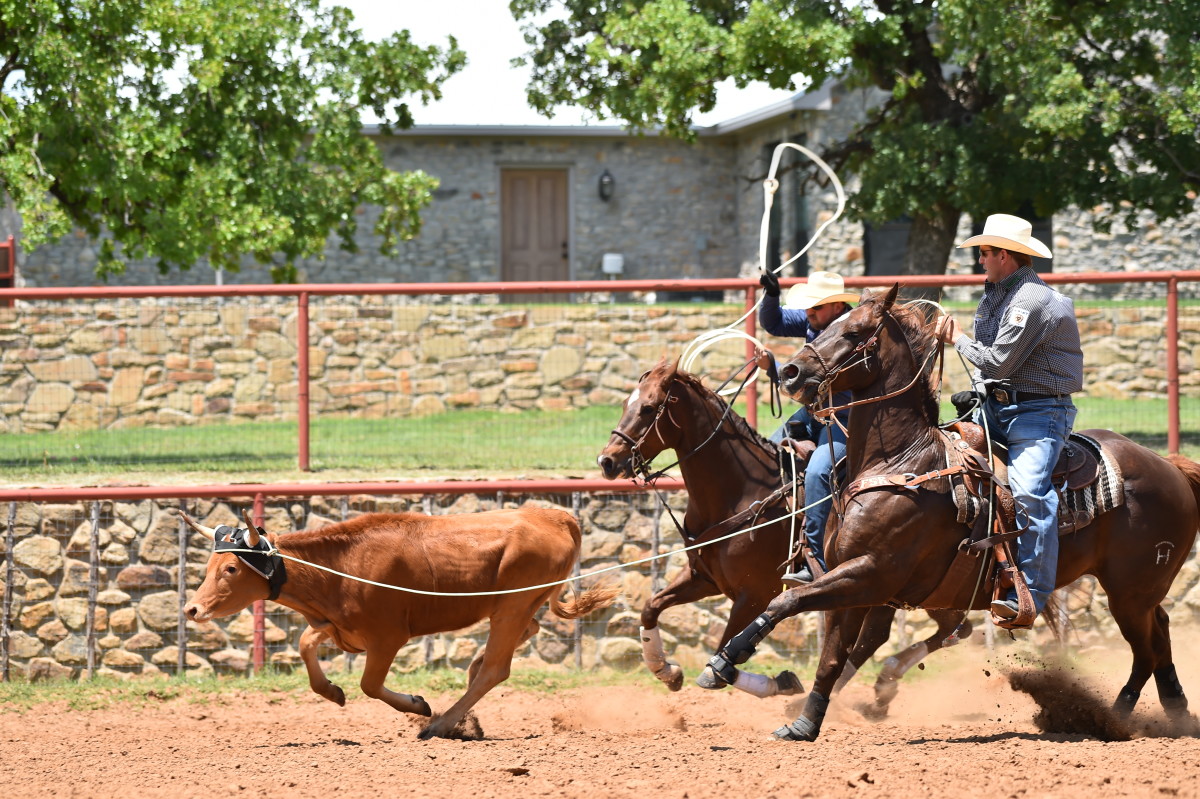
The process of making sure your rope is tight between the steer’s horns and the saddle horn starts at the throw. It’s important that I’m roping on the way to the steer, throwing on my way to position. That way, when I’m pulling my slack, I’m collecting my horse at the same time. That’s when he’s going slower than the steer, and that’s what allows him to get the rope tight. That allows my horse’s shoulders to come up and his butt to go down, giving my heeler the best possible handle.
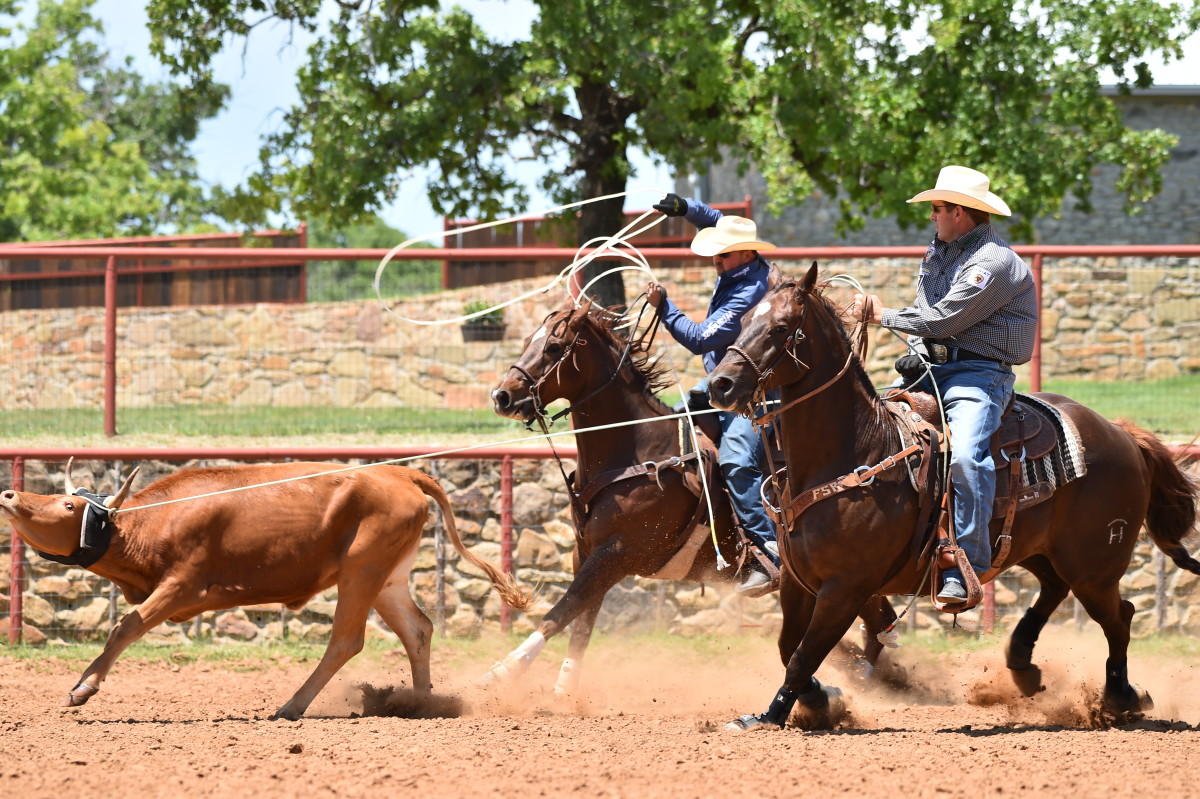
In this photo, I’ve got the rope tight between my saddle horn and the steer’s horns. My hand is in the middle of my horse’s neck, and my feet are quiet at my horse’s sides. I’m letting him get collected and get the steer slowed down.
[Read: Crawford and Medlin Win Wildfire XXII Open to the World]
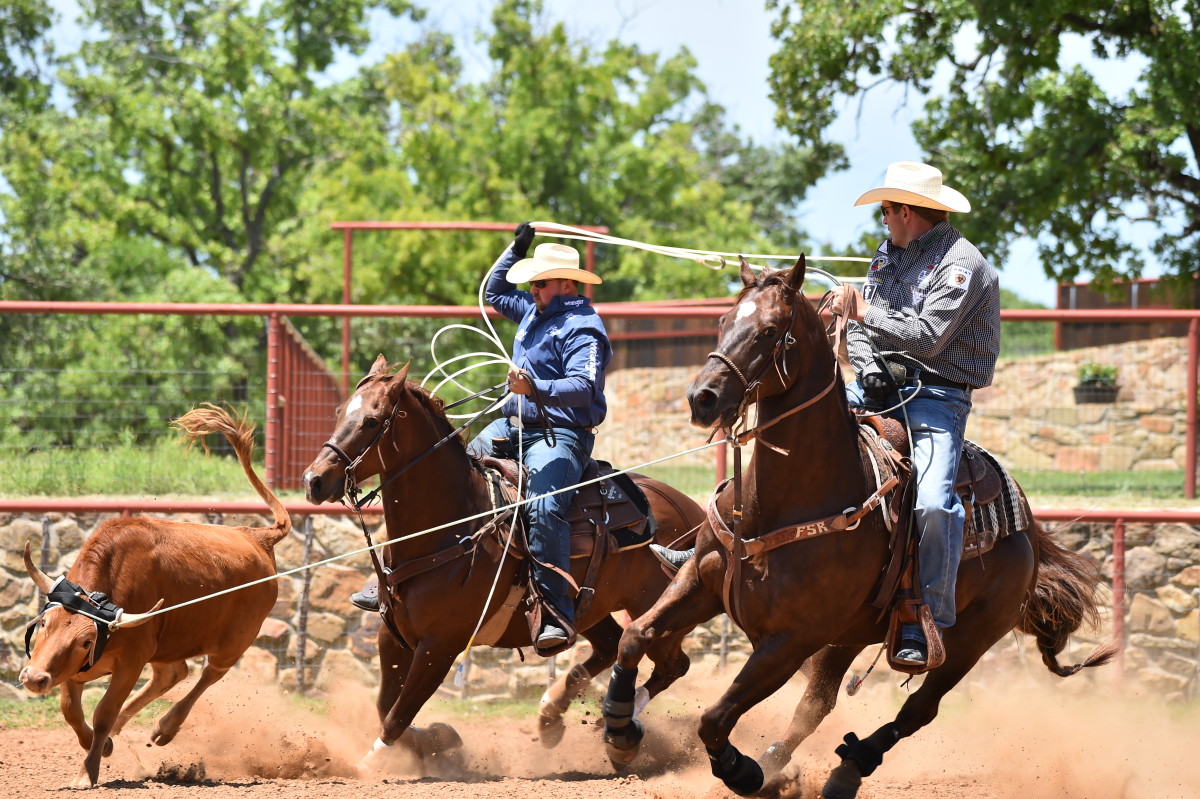
As soon as I get it tight from the saddle horn to the steer’s horns, then I have to step up and out to get the angle I want. A lot of people will put it on the horn and use their right leg to sidepass across the arena, and they miss a step. I do that after I’ve got the steer under control across the arena. That sets my horse up to face, and that opens up the steer for my heeler.
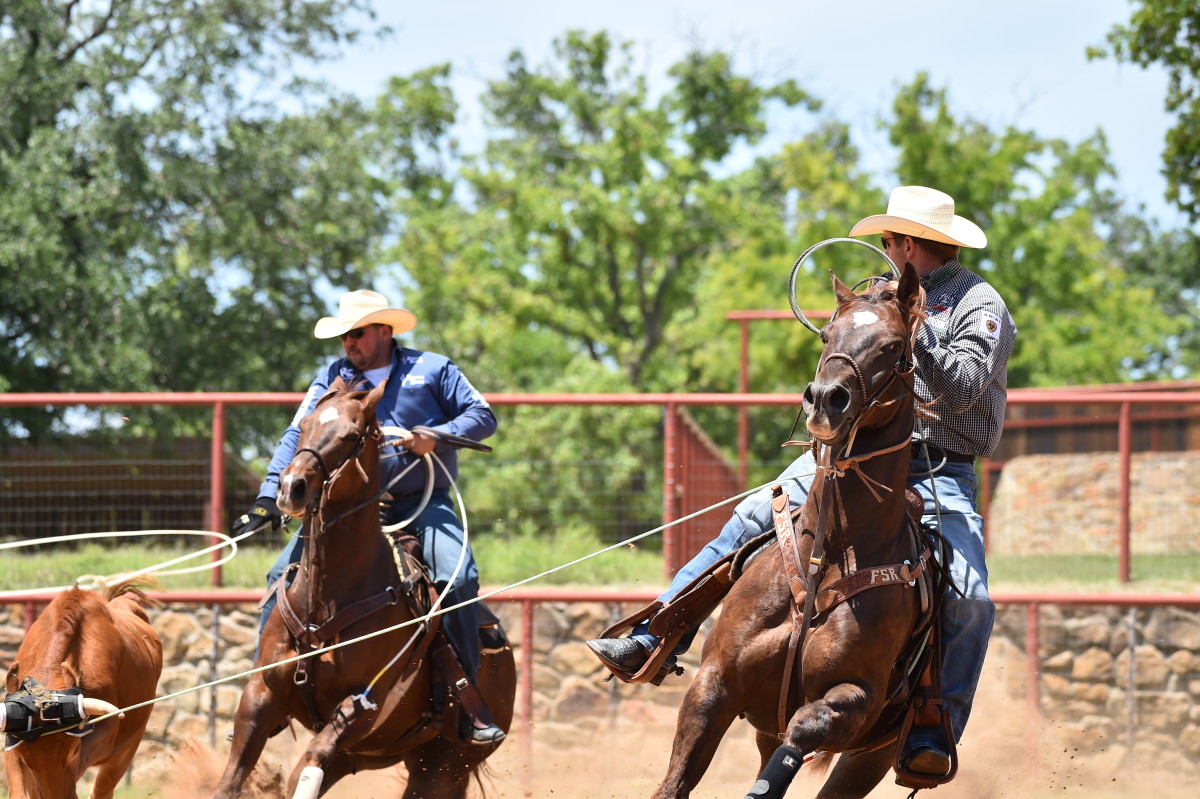
I keep my feet still unless I need them. The only time I use my feet is if I need to stand my horse back up underneath himself, pushing my right leg into his side to get his hip up under. Otherwise, I want my feet in neutral so my horse can work across the pen. I’m also careful to keep my bridle reins even and centered in the middle of my horse’s neck. That way, when I put it on the horn and it’s tight, my horse stays between the reins. If I’m crossing all the time, he’ll be leaning on me. I have to be fairly disciplined with what I’m doing with my left hand.
[Related: 5 Steps to Handling Cattle with Charly Crawford]
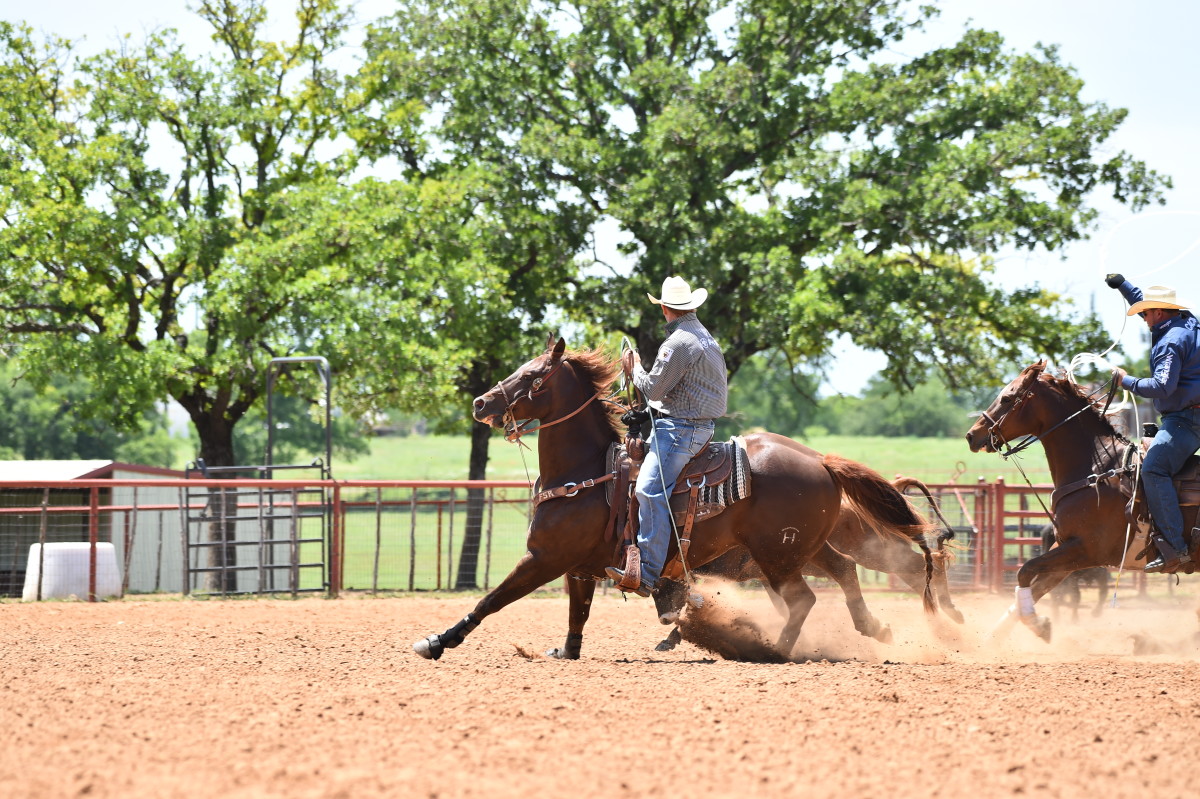
I’ve always wanted to rope this way, but lately I’ve had to evolve it to happen faster. I used to do a good job of running up in there and controlling the steer. It used to be where if it was a five-steer, I just had to go catch all five. But now, with the theory that legs will catch up to you, I’ve had to evolve and reach more and still keep control of my horse. Guys like Clay Smith and all of these young kids coming up can rope both horns at the same time, it’s so much tighter and they handle their slack and handle their rope a lot better. Plus, they ride their horses so good they stay out of their way. It used to be you either roped good or you rode your horse well and ran close. Now, guys can reach and keep their horses moving and working. That’s the challenge, and sticking with this formula to keep the rope tight between the steer’s horns and the saddle horn will help.






